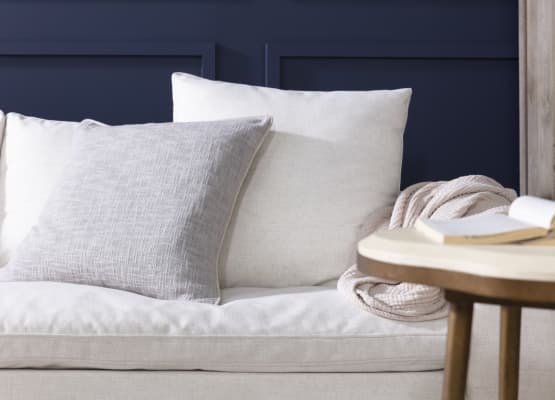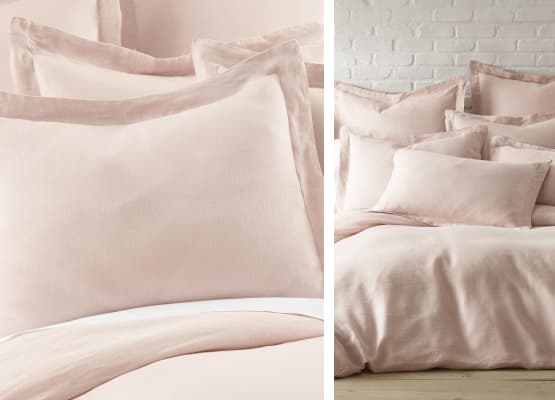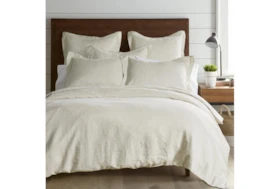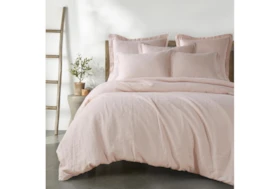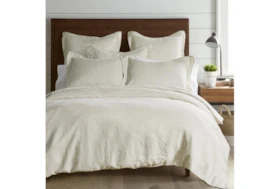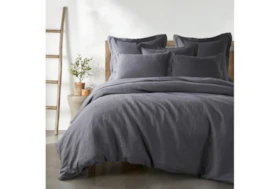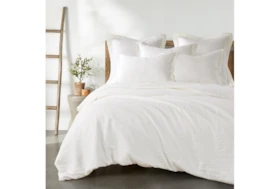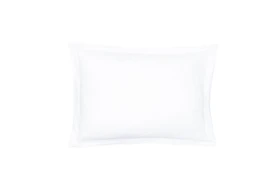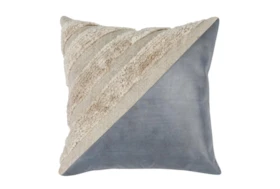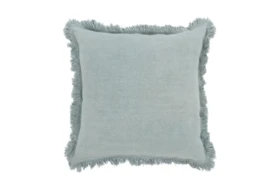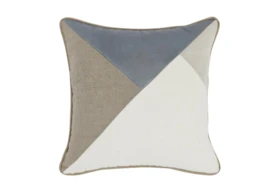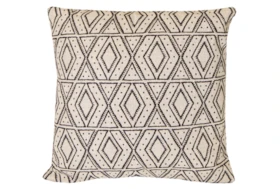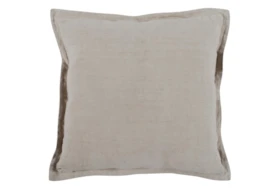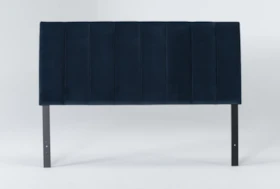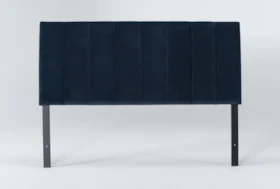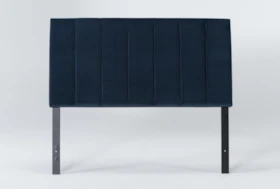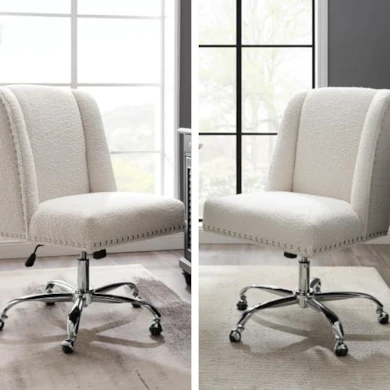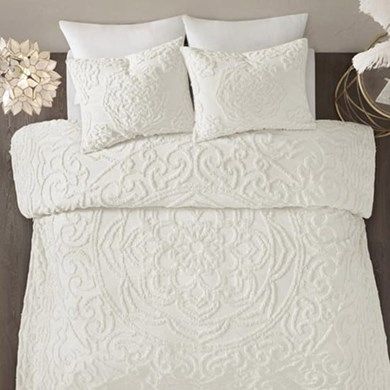What Is Linen Fabric? (Difference Between Linen & Cotton)
A Closer Look at Flax Plant
- Flax is a blue-flowering plant that thrives in cooler temperatures.
- Along with fabrics, flax is primarily used for its seeds to produce oils known as flaxseed oil and linseed oil. Linseed oil can be found in paints, varnishes, linoleum floors, while flaxseed oil is produced for dietary consumption.
- The fibers in the stem of the flax plant are soft – and the source of that smooth feel found in sheets, napkins and other linen textiles. While 100% linen offers a distinct softness and breathability, these stem fibers can be and are also blended with cotton for a more affordable and even more porous choice in product.
Differences Between Linen and Cotton
Cotton and linen are similar materials and often confused for each other for how they feel. In terms of feel, features and durability, cotton and linen in fact have distinctions that set them apart from other fabrics – and from each other. Here are a few of the main differences.Cotton Is Softer
Linen Is Cooler to the Touch
Linen sheets lack the warmth that cotton sheets bring, which can be a good thing or bad thing depending on how you prefer to sleep. Go with linen if you tend to sleep hot and cotton if you want to feel a tad cozier in colder seasons.
Linen Is Lighter
Linen fibers are loosely woven together whereas cotton products (such as sheets) feature a tighter pattern. The makeup of the flax stem (where linen comes from), features thinner fibers, so while cotton is fluffier, flax is better for breathability.
Cotton Is Easier To Care For
One final difference to note between cotton and linen is its care requirements. While both materials can be machine-washed, both materials can also shrink – so keep the temperatures in mind when drying either. Cotton does have a higher temperature threshold compared to linen; the instructions on most linen products will say to air dry, while cotton can be machine dried on low settings.
— More Great Articles —
The Linen Life
Read the Latest
Editorial Disclaimer: Articles featuring tips and advice are intended for educational purposes and only as general recommendations. Always practice personal discretion when using and caring for furniture, decor and related items.


